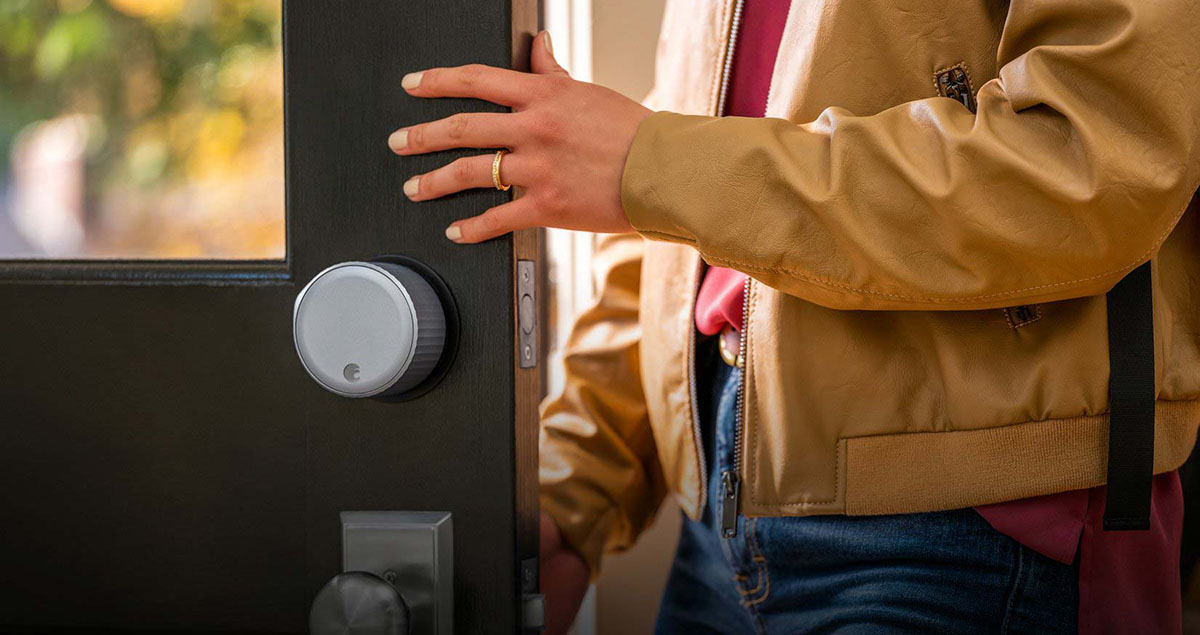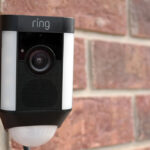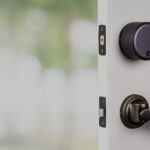Smart locks have become an essential requirement for modern connected homes. They work with other security devices to keep your home secure. You will find them convenient to use because they allow keyless entry. The smart lock may unlock the door automatically when you approach it with a recognized smartphone or smartwatch and lock it once it is closed. Most of them can also be operated remotely.
What is a Smart Lock?
Smart locks are the modern version of traditional door locks. They allow users to lock or unlock their doors digitally. You may be required to enter a passcode through a numeric keypad or smartphone app to operate the lock. A few smart locks may have a fingerprint sensor for biometric verification. Mechanical keys are also supported by most of them. Other intelligent devices like Apple Watch are compatible with smart locks as well.
Smart locks may feature wireless connectivity for enabling remote access. They connect to a Wi-Fi network directly or through a bridge or hub. Users can install an app on their smartphone and access the lock via the Internet. You can lock or unlock the front door for family members or guests even if you are not at home. The app notifies you when the door is locked or unlocked and maintains a history of individuals who accessed the door. Smart locks are generally user-installable, although a few may require professional expertise. Some of them can be attached to an existing deadbolt, while others completely replace the lock.
How to Choose a Smart Lock?
Many smart locks are available in the market. They have different specifications and varying features. There are a few things that can dictate how to choose a smart lock.
1. Locking/Unlocking Mechanisms Supported
When choosing a smart lock, consider the locking/unlocking mechanisms it supports. These locks may be opened or closed with a mechanical key, passcode for locks with digital keypads, smartphone apps, or biometric verifications like fingerprints. A few smart locks may be operated using voice commands through virtual assistants like Alexa and Google Assistant. Some of them may unlock when they detect a recognized device like a smartphone or smartwatch nearby. Choose a smart lock that supports the locking/unlocking mechanisms you prefer. We recommend a smart lock that can be operated in at least two ways for redundancy, one of which should be a smartphone app.
2. Connectivity Options – Wi-Fi and Bluetooth
An important feature to consider when choosing a smart lock is the connectivity options it supports. It may use Bluetooth, Wi-Fi, or protocols like Zigbee and Z-wave for communicating with the smartphone app. Bluetooth smart locks only work when the smartphone or smartwatch is nearby, within a few feet from them. Wi-Fi smart locks can be controlled remotely as long as the device and the smartphone are connected to the Internet. Some smart locks may require a bridge to connect to a wireless network (especially those that utilize Zigbee or Z-wave protocol), while others may come with an integrated Wi-Fi module. For most users, smart locks with Wi-Fi and Bluetooth will be suitable. If you have a smart hub, consider a smart lock that can communicate with the smart hub. Choose a smart lock that supports your preferred communication protocol.
3. Smart Home Integration – Voice Assistants Supported
Users who have converted their premises into smart connected homes likely use one or more voice assistants. These include Alexa, Google Assistant, Apple HomeKit, and Siri. It allows them to control their smart devices using voice commands. A smart lock may only support specific voice assistants. It may work with Alexa and not with Google Assistant or vice versa. If you use a voice assistant, choose a smart lock that is compatible with it.
4. Ease of Installation
When choosing a smart lock, buyers must consider its ease of installation. There are broadly two types of installation mechanisms used by these locks. Some of them attach to an existing deadbolt of a door lock while others completely replace the door lock. The former types of locks are easier to install, while the latter may require more effort. You may have to hire a specialist to install the smart lock. If you are planning to install the smart lock on your own, consider its ease of installation. Otherwise, lease the services of an expert.
5. Battery Life/Power Source
Almost all smart locks use batteries as a power source. When choosing a smart lock, please pay attention to the runtime of its batteries. They may have to be replaced every few months. The longer they last, the more convenient it will be. You may also want to consider what happens once the batteries of the smart lock discharge. If the lock supports a mechanical key, it won’t be a significant issue. However, it may be impossible to unlock some smart locks unless the batteries are replaced. If you are locked out of your home, it may be infeasible to change them. A few smart locks have various mechanisms to counter the same. Some of them have a USB port or exposed terminals to connect an external power source like a power bank or 9V battery for emergencies. At the very least, choose a smart lock that has a low-battery indicator or sends a change battery notification.
6. Guest Keys
The advantage of smart locks is that they can be operated remotely. It allows you to open the door for guests anytime. However, you don’t want to open and close the door through the app each time a family member or friend staying over approaches the door. Many smart locks allow you to create and send virtual keys or numeric passcodes to other users. They can open the door using their smartphone. You can revoke the keys once they are no longer required. A smart lock that supports guest keys may be beneficial for residences.
In addition to the above features, you may want to consider the price of a smart lock. They can cost anywhere from a hundred to four hundred dollars. A basic, affordable smart lock will do the job for most people. If you need advanced features, be prepared to spend a couple of hundred dollars at least.




